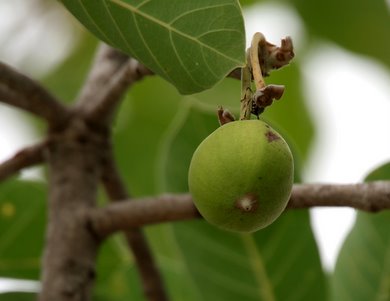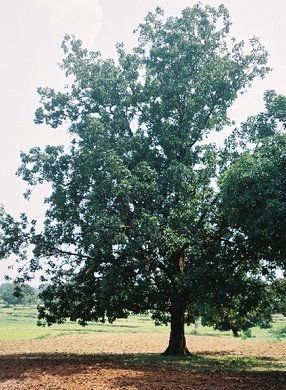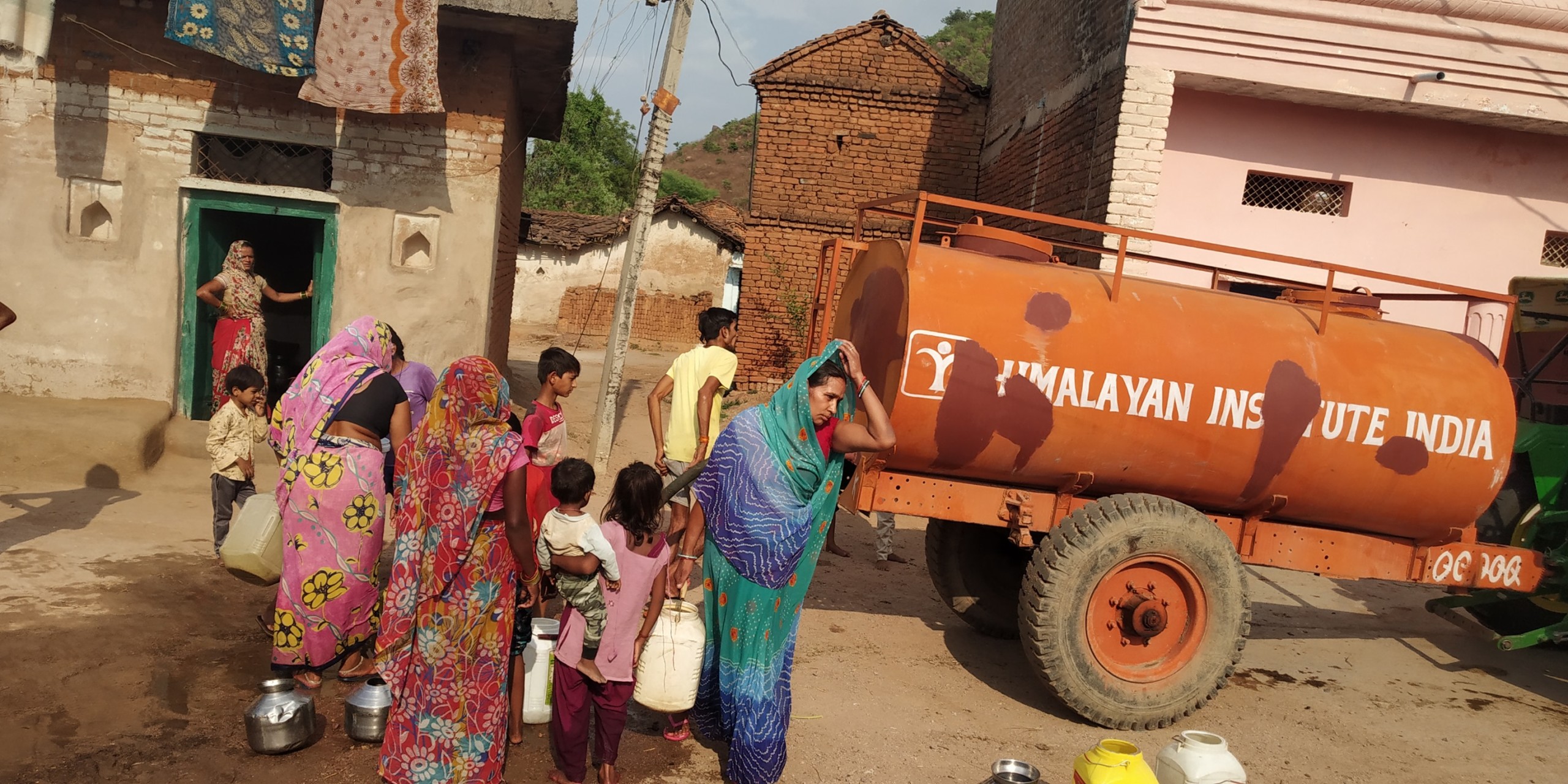The Himalayan Institute campus in Allahabad, India has been used to test different techniques and crops for the Energy Farming program since 2006 when the first pongamia trees were planted on its land. The most recent addition to the Allahabad campus is the Mahua tree (Madhuca longifolia). Widely found throughout North India, Mahua is a mainstay of rural and tribal livelihood and is used for its fruit, flowers, and wood. Additionally, the tree gives oilseeds which can be used as cooking oil, lamp oil, or for biofuels.
The tree is so useful that the tribal people of India consider it to be sacred. The flowers of the Mahua are exceptionally sweet, and are thus a high quality source of sugar for honey bees and for making a traditional alcohol that is used in ritual ceremonies. This alcohol could also be used as a bio-ethanol, another source of biofuel.
| Erosion Control | Mahua has a large, spreading superficial root system that holds soil together. |
| Shade & Shelter | The wide spreading crown provides shade for animals. |
| Reclamation | Mahua is planted on wasteland with hard lateritic soils in India. |
| Soil Improver | The seed cake has been used as fertilizer. |
| Barrier Support | It is planted along the boundaries of fields. |
| Intercropping | Mahua can be raised alongside agricultural crops. |
(From www.worldagroforestrycentre.org)
Its wide array of uses makes the Mahua tree an excellent addition to the Energy Farming program.

The seeds of the Mahua are pressed for oil and what is left over—the seed cake—is used for fertilizer.

A fully grown Mahua.





